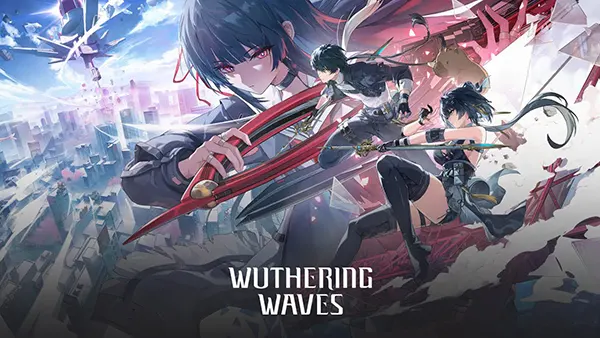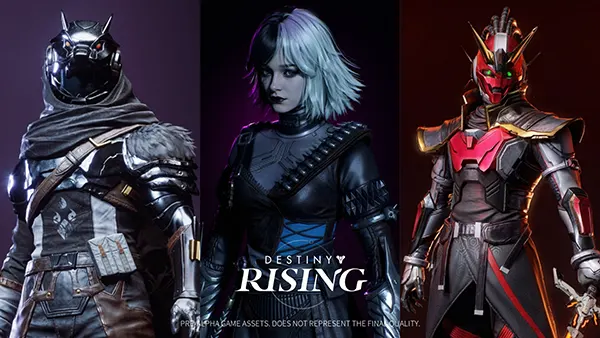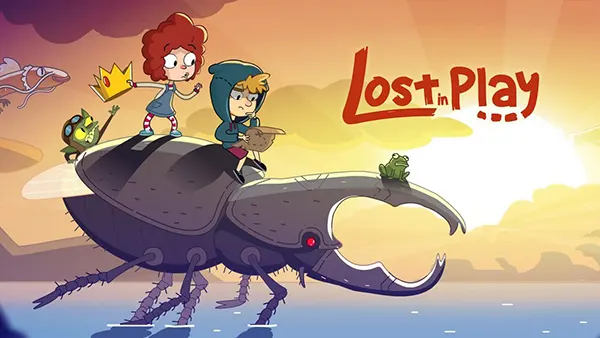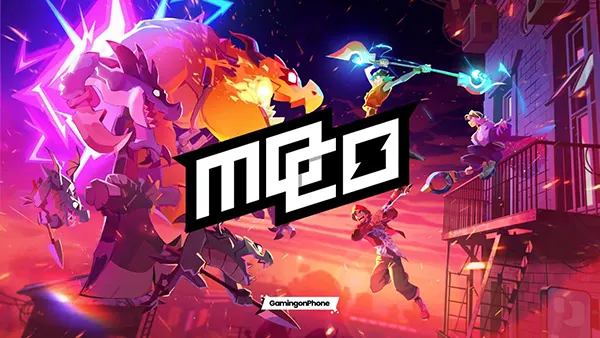Snaky Cat is a mobile arcade game that merges the nostalgic appeal of the classic snake genre with competitive battle royale dynamics and Web3 functionality. Launched in 2024 and gaining traction into early 2025, it offers a unique mix of real-time competition, decentralised asset ownership, and community-driven engagement.
Gameplay Mechanics and Core Concept
At its heart, Snaky Cat puts players in control of snake-like cats navigating an arena filled with fish, obstacles, and dozens of other opponents. The goal is survival: collect fish to grow longer, avoid colliding with others, and stay within the shrinking safe zone.
The game integrates a battle royale structure—up to 50 players start each round, but only one remains. Tension builds as the map tightens, forcing more interaction and strategic decision-making. Every round lasts a few minutes, striking a balance between accessibility and depth.
Additional features include solo and team modes, dynamic arenas, power-ups, and customisable skins. Regular updates ensure the gameplay remains fresh, responding to player feedback and seasonal events.
How Snaky Cat Differs from Traditional Arcade Titles
Unlike most arcade games, Snaky Cat demands more than fast reflexes. It rewards players who think ahead, anticipate rivals’ moves, and adapt to shifting zones. Each match introduces new variables, keeping the experience unpredictable.
Its visuals are simple yet effective, with clean animations and charming designs that avoid visual clutter. The user interface is optimised for touch controls, ensuring accessibility without sacrificing responsiveness.
Most importantly, the sense of progression—via ranked matches and seasonal rewards—encourages long-term play. It moves beyond the “quick game” model, embracing competitive depth.
Web3 Integration and Digital Ownership
Snaky Cat stands out for incorporating Web3 principles. Players can acquire, trade, and sell skins and cosmetics through blockchain-backed assets. Ownership is decentralised, giving players genuine control over what they earn or buy.
These assets exist outside traditional in-game limitations. For example, unique skins or accessories can be bought via NFT marketplaces and transferred between players. This brings a new layer of economic interaction to the arcade space.
The integration is optional. Casual players can fully enjoy the game without using Web3 features, while those interested in digital ownership can explore deeper functionality through connected wallets.
What Web3 Brings to Competitive Mobile Gaming
By embedding blockchain tech, Snaky Cat fosters a new kind of player economy. Earnings can be more than just virtual points—they have transferable, real-world value depending on rarity and demand.
This also reduces dependency on centralised moderation and marketplace rules. Players are free to decide how they use or sell their assets. Transparency in transactions and item scarcity are handled via smart contracts.
For developers, this model encourages fair monetisation, while for players, it provides a greater sense of value and participation in the game’s ecosystem.

Community Growth and Competitive Scene
Since launch, Snaky Cat has steadily built a loyal community through social media, tournaments, and consistent developer engagement. In early 2025, player-organised competitions and leaderboards have become integral to the experience.
The game’s short sessions and engaging format make it ideal for streaming. Twitch and YouTube creators regularly highlight high-stakes matches, with viewership growing month-over-month. Leaderboards reset periodically to maintain competitive relevance.
Developer transparency also plays a role in its growth. Patch notes, community polls, and roadmap updates are published openly, reinforcing trust and player involvement.
eSports Potential and Global Expansion
Though still emerging, Snaky Cat shows early signs of eSports viability. Its blend of skill-based mechanics and quick matches suits competitive play. Amateur tournaments have been held across Asia and Europe with prize pools funded by sponsors and NFT sales.
The game is available in multiple languages, and plans for regional championships in Q2 2025 are already underway. Its scalability makes it suitable for both casual events and structured leagues.
If supported by infrastructure and consistent balancing updates, Snaky Cat could become one of the first Web3 arcade titles to bridge mainstream audiences with blockchain-native gamers.







